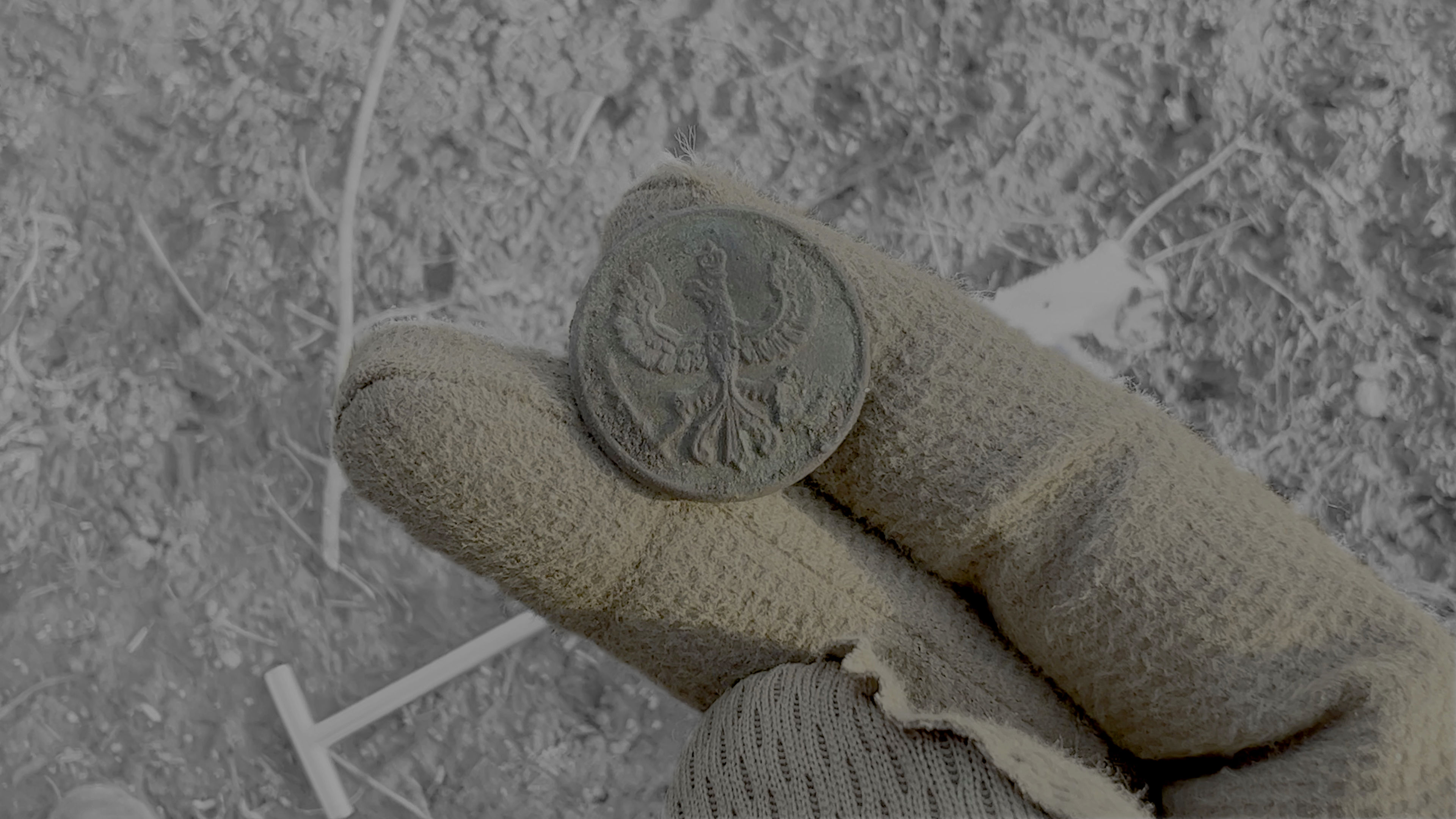
The GENERAL program is the basic solution for the XP DEUS II detector. A starting point from which to start, but also a good base for learning and later modifications for your needs.
There are no universal solutions and if someone believes something like that, they are simply naive. Just like ready-made programs for anything and everything. We always start by choosing a program tailored to the subject of the search. For the multi-frequency version, we are looking at the frequency range. Their range will tell us whether the object of our interest will like them. Low conductors like gold love high frequencies, and silver the opposite. This is our primary indicator. Very difficult conditions and tons of iron, maybe it’s worth trying on a single frequency with the DEUS MONO program?
We return to the basic program. We start with setting the REACTIVITY, the most important parameter that affects the performance of the device, such as depth and separation of objects placed next to each other. A higher value and the detector becomes shallower, but it separates objects better, lower and we have a greater depth, but we have to sweep slower and we may not hear a coin placed next to iron, e.g. a nail. So how to choose the settings? We check what is happening under the probe and make a decision. We can experiment with different settings and see how it affects signaling and ranges.
The next step is the GB tab and selecting the GROUND STABILIZER function, a type of filter that affects the response of the substrate. The default value is 2, which is a medium mute level. At level 1, you can walk with some experience. The detector becomes less stable, but a little more can be heard. The end of the scale is a value of 3, the perfect compromise for soils that have a lot to say and make our lives miserable in the form of disturbances. We return to the filter called SILENCER, another compromise between performance and comfort of work, allowing us to eliminate crackling caused by iron elements in the substrate. A high value causes less interference, a lower value ensures that we can hear more again.
We are left with the choice of the type of audio. PWM or SQUARE is a personal preference. We have to answer the question of how much of an orthodox Deusiarz (PWM) or Minelab lover (SQUARE) we have in us. Sensitivity settings or calibration to the soil in a given place probably do not need to be explained, we still have audio and the choice of the number of tones. It depends on the place and personal preferences – your hearing.
The rest is hard training and a lot of work is put into settings and understanding. Without it, there is no chance of results. If you have any questions, comment directly under the video.
